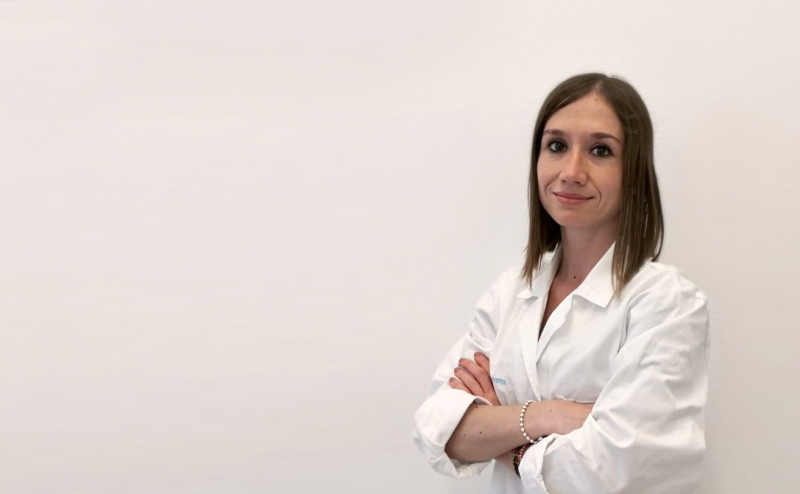How did you get involved in migraine research and what does your research focus on?
During my last year of Medicine, I attended an elective course on the application of advanced imaging techniques in neurological diseases, including migraine and cluster headache. I was fascinated by the idea of understanding how the brain works and how different diseases could affect its function. I have a family history of migraine and I’ve always wondered why suddenly people can start experiencing visual disturbances and headache. For these reasons, I have decided to focus my research on the study of patients with migraine using cutting edge MRI approaches.
Which impact has your involvement in migraine research had on your career so far?
In these years, I had the opportunity to attend important international conferences and present my studies in front of major leaders in the field. In 2016, I did a fellowship at King’s College London in the Headache group headed by Prof. Goadsby. This experience has enriched my clinical and research skills. I had the opportunity to work with one of the world’s leading experts in headache and meet many valid colleagues coming from different countries. Recently, I became a member of the Juniors Group of the International Headache Society. This has been an important occasion to expand my network, widen my vision and being actively involved in the activities of the Society.
What has been the main factor for your continuous engagement in migraine research?
Although impressive advances have been made in our understanding of migraine pathophysiology, I think that there are still many unanswered questions that need to be investigated. My continuous interest in migraine research is driven by the desire to try to answer these open questions.

